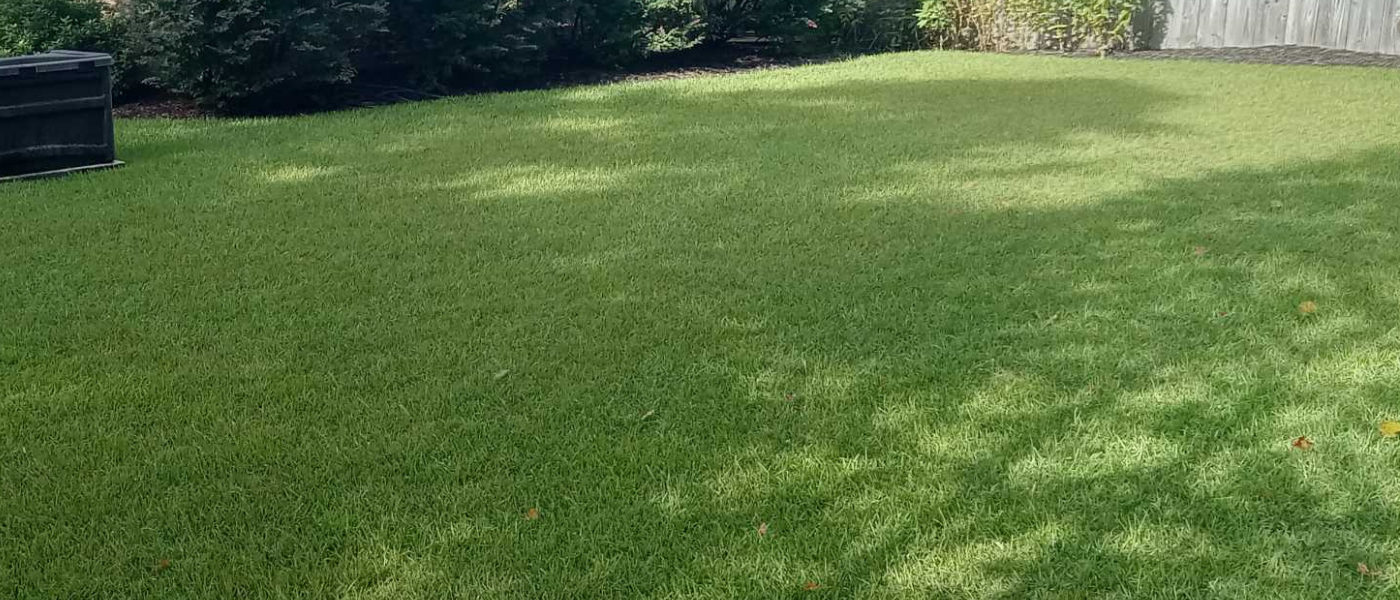Centipede Grass Decline: Expert Tips to Revive and Protect Your Lawn
Centipede grass decline can be effectively managed and reversed by understanding its causes and implementing targeted solutions like regular soil testing, appropriate fertilization, deep infrequent watering, and consistent lawn maintenance practices.
Are you noticing your once lush and vibrant centipede grass lawn starting to falter? You’re not alone. Centipede grass decline is a common issue many homeowners face. But fret not! With the right knowledge and care, you can turn things around. As lawn care and marketing experts, we’re here to guide you through understanding and combating this problem, ensuring your lawn remains a source of pride. Let’s dive into how to prevent and treat centipede grass decline, keeping your outdoor space at its best. For more detailed information, refer to this guide on centipedegrass decline from the University of Georgia Extension.
| Aspect | Description |
| Causes | – Imbalanced soil pH and high phosphorus levels. Excessive nitrogen application. Improper watering (over/under). Accumulation of dead plant material (thatch). Incorrect mowing height |
| Symptoms | – Yellowing or chlorosis.Excessive green density due to over-fertilization. Turf easily lifted from the soil. Poor root system development |
| Preventive Measures | – Regular soil pH testing. Adjust fertilization based on soil test results. Deep, infrequent watering to encourage deep root growth. Correct mowing height, removing no more than one-third of the grass blade at a time |
| Corrective Actions | – Aerate to reduce thatch and improve water and nutrient flow. Apply iron sulfate for temporary greening in case of iron chlorosis. Ensure proper water management, supplementing rainfall to achieve about an inch of water per week |
Understanding the Problem with Centipede Grass Decline
Firstly, let’s tackle what causes centipede grass decline. This condition can be due to several factors impacting your lawn’s health. Knowing these will help you prevent the issue before it starts or stops it in its tracks:
Soil pH and Nutrition
- Ideal Conditions: Centipede grass prefers acidic soil with a pH of 5 to 6.
- Problem: An incorrect pH level can hinder nutrient absorption, producing iron deficiency and yellowing leaves (chlorosis).
- Solution: Conduct regular soil tests and adjust the soil pH as needed, using sulfur or lime to raise or lower it.
Over-Fertilization
- Challenge: Excessive nitrogen can cause rapid growth but weaken the grass, making it prone to diseases and pests.
- Consequences: Over-fertilization leads to thatch buildup, a layer of organic matter that prevents water and nutrients from reaching the soil.
- Preventive Measure: Follow recommended lawn fertilization schedules and choose fertilizers for centipede grass.
Watering Woes
- Balancing Act: Over and under-watering can stress the grass, leading to decline.
- Over-watering may result in root rot and fungal diseases.
- Underwatering can leave grass vulnerable to drought stress.
- Ideal Practice: Provide about an inch of water weekly and aim for deep, infrequent watering to encourage strong root growth.
Thatch Buildup
- Hidden Threat: A thick thatch layer can block water, air, and nutrients from reaching the grassroots.
- Effects: Excessive thatch creates a breeding ground for pests and diseases.
- Management Strategy: Regularly dethatch and aerate your lawn to prevent buildup and promote healthy grass.
Understanding the intricacies of centipede grass care, including the importance of soil pH, the risks of over-fertilization, proper watering, and the dangers of thatch buildup, is key to a thriving lawn. Proactive and informed care will keep your centipede grass lush and vibrant, enhancing your outdoor living space.
Reviving Your Centipede Lawn After Decline
Bringing your centipede grass back to its former glory requires attention to detail and a commitment to ongoing care. After identifying the potential causes of decline, implementing the right strategies can rejuvenate your lawn. Below are expanded tips and techniques to revitalize your centipede grass.
Keeping an Eye on Soil Health
Soil health is foundational to a thriving lawn. Here’s how to maintain it:
- Regular Soil Testing: Conduct soil tests at least once a year to monitor pH levels and nutrient content. Centipede grass thrives in acidic soil, with an optimal pH range of 5 to 6. A soil test will reveal if adjustments are needed.
- Fertilization Adjustments: Use the results of your soil tests to guide your fertilization strategy. If your soil is low in nutrients, select a fertilizer that complements the needs of your centipede grass without contributing to over-fertilization. Remember, centipede grass requires less nitrogen than other types of grass, so opt for a low-nitrogen fertilizer.
Proper Watering Techniques
Watering your lawn effectively is crucial to its recovery and health:
- Deep, Infrequent Watering: This method encourages roots to grow deeper into the soil, making your lawn more drought-resistant. Aim to water enough so the moisture reaches several inches into the soil. This usually translates to about 1 inch of water per week, including rainfall.
- Best Times to Water: Water in the early morning to reduce evaporation and allow the grass to dry before nightfall, which can help prevent disease. Avoid watering in the heat of the day or late at night.
Regular Maintenance
Maintenance practices can make or break your lawn’s health. Here are some key activities:
- Mowing: Keep your mower blades sharp and mow your lawn to the correct height, about 1 to 2 inches for centipede grass. Removing more than one-third of the blade height at a time can stress the grass. Regular mowing also encourages denser growth and reduces weed competition.
- Aeration: Aerating your lawn helps relieve soil compaction, allowing air, water, and nutrients to penetrate more effectively into the soil. For centipede grass, aerate during its peak growing period in late spring or early summer. This process can also help reduce thatch buildup by encouraging decomposition.
Additional Tips for Lawn Revival
- Dethatching: If thatch buildup is significant, consider dethatching your lawn to remove the layer of dead plant material. This should be done carefully with a rake to avoid damaging the grass.
- Iron Supplements: If your grass shows signs of iron deficiency (yellowing leaves), applying an iron supplement can help restore its green color. However, to prevent future issues, address the underlying cause, such as improper pH.
Reviving your centipede grass lawn is a multifaceted approach that involves improving soil health, adopting proper watering habits, and maintaining regular lawn care practices. Following these expert tips can encourage healthy growth and make your lawn resilient against future problems. Remember, the key to a beautiful lawn is consistent care and attention to the specific needs of your grass type.
Let Us Assist You
Keep centipede grass decline from taking over your beautiful lawn. Our expertise lets you turn things around and maintain a healthy, vibrant outdoor space. Contact us if you’re feeling overwhelmed or need extra help. Fill out our estimate request form or give us a call. As lawn care experts, we’re here to provide the solutions and support you need to enjoy a lush, green lawn all year round.
Conclusion:
Dealing with centipede grass decline doesn’t have to be daunting. You can prevent and treat this common lawn issue by understanding the causes and implementing the right care and maintenance strategies. Remember, a healthy lawn is achievable with a little effort and expertise. And when you need that expert guidance, we’re just a call or click away. Let us help you create the outdoor space you’ve always dreamed of that reflects the care, dedication, and love you put into it.

